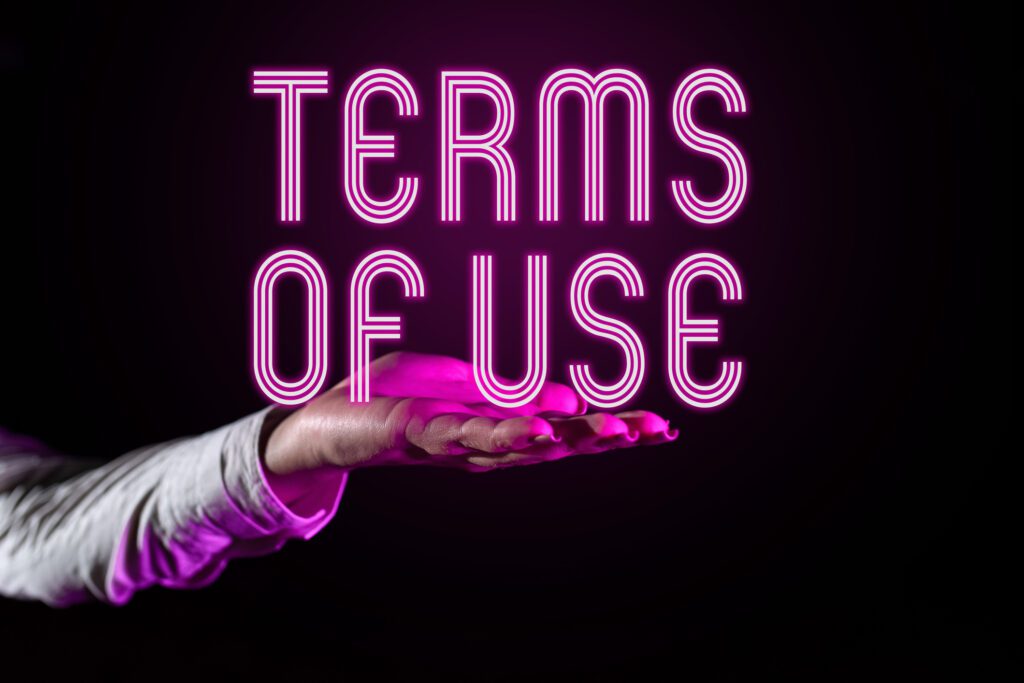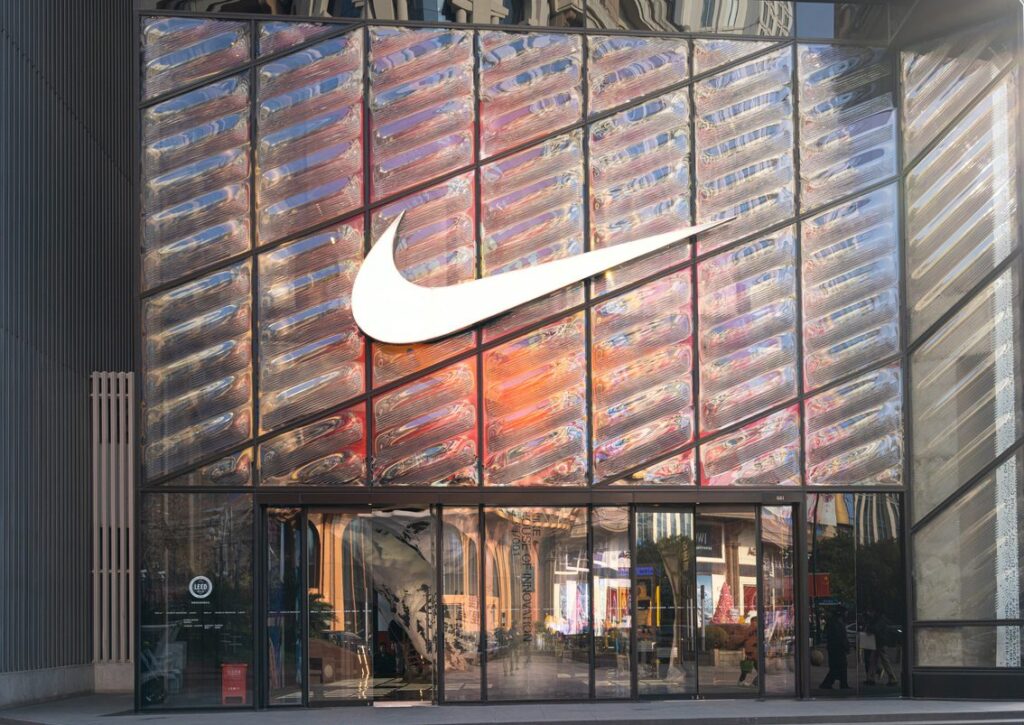But what do you do when somebody—around the corner or across the country—copies your company name, logo, or brands of products or services and uses them for their own purposes? The quick answer is this: It depends.
But here’s how the U.S. Patent and Trademark Office defines trademark infringement: “Trademark infringement is the unauthorized use of a trademark or service mark on or in connection with goods and/or services in a manner that is likely to cause confusion, deception, or mistake about the source of the goods and/or services.”
Trademark law can get complicated for business owners. So let’s break that down into the steps you need to take to protect your hard work.
Make sure you actually own the trademark
You can’t have a trademark infringement or prove unauthorized use if you don’t actually own the trademark in question. So-called common law trademarks, a protection provided to trademarks that aren’t federally registered, may stop a business owner in your geographic area from using your business name. However, it is much harder to prove without a registered trademark and won’t prevent somebody from using that same name or logo outside of your immediate region.
If you want to protect your company from trademark infringement, it’s critical that you do the work to register your trademarks with the U.S. Patent and Trademark Office. If you do, you’ll have a better chance of proving trademark infringement and stop another company / competitor from stealing and copying your trademarks and infringing your trade dress. What’s more, you can take advantage of a myriad of other opportunities when you have registered trademarks, including the ability to monetize them.
Decide if it’s actually a trademark infringement
Now, let’s cover the second part of that definition of trademark infringement that discusses “on or in connection with goods and/or services in a manner that is likely to cause confusion.”
First, the trademark in question must be used to sell a product or service for it to infringe on your own mark. If it’s used for any other purpose, you won’t have much of a claim. So, if your website consulting firm is called Blue Toast Consulting, you might not have much claim against a recreational an accounting firm of the same name..
Second, the mark must be likely to cause confusion among consumers. To determine the likelihood of confusion, regulators consider how similar the marks are and whether consumers would confuse the products or services of each business. This is because they are “sufficiently related” enough that the public would assume they come from the same company.
On its website, the federal trademark office spells out additional factors that the court may consider as well:
- How and where the parties’ goods and services are advertised, marketed and sold.
- The purchasing conditions.
- The range of prospective purchasers of the goods or services.
- Whether there is any evidence of actual confusion caused by the alleged infringement.
- The defendant’s intent in using the mark.
Do something about it
If you hold a federally registered trademark and you’re certain the business name or logo of another company will cause confusion among your customers, it’s time to do something about it. The next step is having a lawyer write a Cease and Desist letter for trademark infringement and send it to the infringing company.
The trademark attorney can subsequently request a court order to ban the other business from using the trademark. This is an order that requires the other party to destroy or forfeit anything with the trademark on it. There is also monetary relief if you’re able to prove damages; and an order that the other party pays your attorneys’ fees.
You can attempt to prove trademark infringement on your own, but this is effective less than 10% of the time. It is always best to work with a trademark attorney when your intellectual property is being copied and thus in jeopardy. They understand the ins and outs of trademark law and can advise the best course of action.
We provide a dedicated team of experienced attorneys for your company, with all the experience and technology of a big law firm for half the price!
More Resources You’d Like










